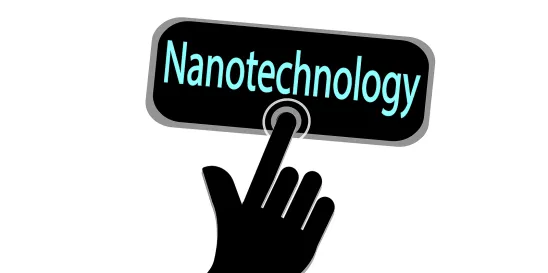On January 3, 2023, the National Institute for Occupational Safety and Health (NIOSH) posted a NIOSH Science Blog item entitled “Looking to the Past and the Future of NIOSH Nanotechnology Guidance.” As the NIOSH Nanotechnology Research Center (NTRC) celebrates its 20th anniversary, it is looking back over two decades of published guidance to help reduce worker exposures to engineered nanomaterials and discussing the needs for future research efforts.
The NTRC Strategic Plan
NIOSH published Approaches to Safe Nanotechnology: An Information Exchange with NIOSH in 2005, becoming the first government agency to publish a strategic plan as a roadmap for nanotechnology research. NIOSH updated its strategic plan and published it in 2009 as Approaches to Safe Nanotechnology: Managing the Health and Safety Concerns Associated with Engineered Nanomaterials. To protect the nanotechnology workforce, NIOSH published the Strategic Plan for NIOSH Nanotechnology Research and Guidance in 2010. Most recently updated in 2019, the strategic plan describes the NTRC strategy into 2025.
Establishing Workplace Exposure Limits and Recommendations
NIOSH recommended exposure limits (REL) are intended to prevent adverse health effects in workers from occupational inhalation exposures for up to a ten-hour shift, 40-hour work week, over a working lifetime. NIOSH was the first U.S. government agency to establish RELs for engineered nanomaterials. In 2011, for the first time in its history, NIOSH released two RELs for the same chemical based on fine and ultrafine sizes in Current Intelligence Bulletin 63: Occupational Exposure to Titanium Dioxide. NIOSH also published two other engineered nanomaterial-related guidance documents:
- Current Intelligence Bulletin 65: Occupational Exposure to Carbon Nanotubes and Nanofibers (2013); and
- Current Intelligence Bulletin 70: Health Effects of Occupational Exposure to Silver Nanomaterials (2021).
Targeted Guidance for Employers
NIOSH has published the following guidance documents for employers on the best workplace practices to meet exposure targets:
- Medical Screening and Hazard Surveillance for Workers Potentially Exposed to Engineered Nanoparticles offers interim guidance on controlling exposures with practical measures, conducting hazard surveillance, and using established medical surveillance methods (2009);
- General Safe Practices for Working with Engineered Nanomaterials in Research Laboratories addresses engineered nanomaterial handling in research laboratory settings (2012);
- Strategies for Engineering Controls in Nanomaterial Production and Downstream Handling Processes helps to find and describe methods for controlling engineered nanomaterial exposures using engineering controls (2014);
- Building a Safety Program to Protect the Nanotechnology Workforce is targeted to small and medium-sized businesses (2016); and
- Occupational Exposure Sampling for Engineered Nanomaterials offers workplace sampling guidance for carbon nanotubes and nanofibers, silver, titanium dioxide, and other engineered nanomaterials without exposure limits (2022).
Targeted Guidance for Employees
NIOSH has published posters presenting safety questions workers should ask before working with nanomaterials and when 3D printing with filament or metal powders. NIOSH notes that it also published an infographic on reducing exposures when 3D printing with plastic filament.
Looking Ahead to the Future
The blog item states that “NIOSH NTRC remains committed to offering research-based guidance to meet the needs of the ever-changing field of nanomaterials and related emerging technologies.” As reported in our November 15, 2023, blog item, it recently published Approaches to safe 3D printing: a guide for makerspace users, schools, libraries, and small business to help control exposures. NTRC is also “laying the groundwork to develop additional occupational exposure limits” for engineered nanomaterials. According to the blog item, NIOSH continues to seek feedback from the advanced manufacturing industry and provide guidance.




 />i
/>i

